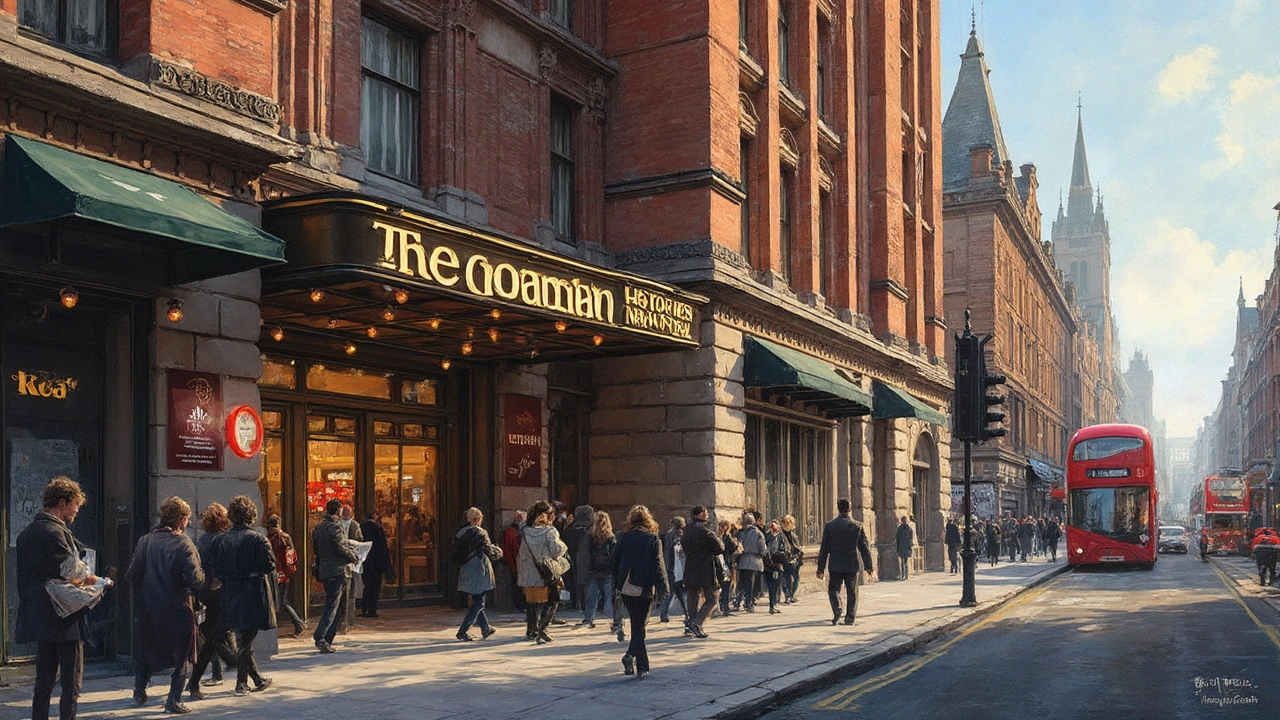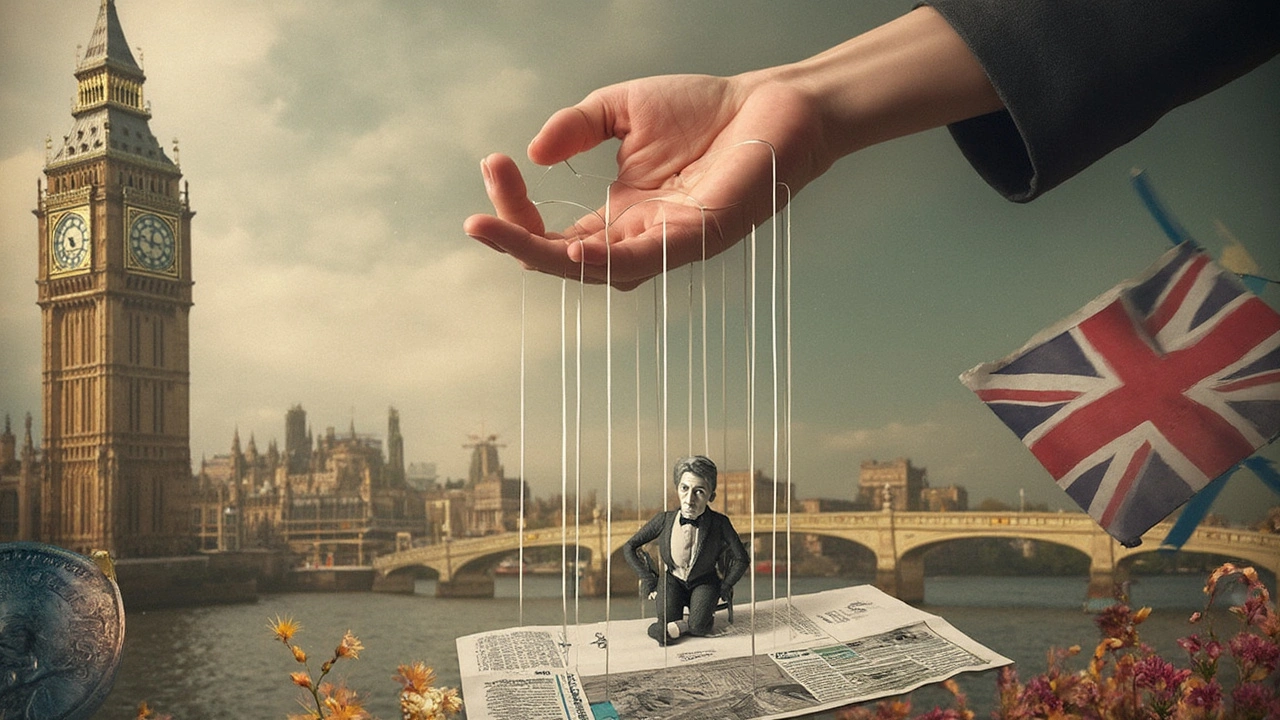
Ever wondered who’s really in charge of The Guardian? It’s not a billionaire, nor is it a giant media corporation. The Guardian stands out with a structure you don’t often see in today’s news world, where most big UK newspapers are part of sprawling business empires or owned outright by wealthy individuals.
Instead of private owners, The Guardian is held in trust. That means it’s run for the benefit of its journalism, not to pad someone’s bank account. If you’ve read stories critical of tech giants or powerful politicians, a big reason The Guardian can do that is because its owners don’t lean on advertising cash or government favors the way some others might.
So, who are these 'owners'? How are decisions really made? And does this make The Guardian more trustworthy? We’re about to dig into how the paper is structured, why it’s built this way, and why it’s actually a big deal for anyone who cares about independent news.
- Not Owned Like Other Papers
- The Scott Trust: What Is It?
- How The Guardian Gets Its Money
- Why It Matters for Readers
Not Owned Like Other Papers
Most UK newspapers have a boss at the top—usually a wealthy family or a big business. Rupert Murdoch's News UK owns The Times and The Sun, and the Barclay family ran The Telegraph for decades. You can even see this in the data. Here’s how the UK’s top newspapers break down when it comes to owners:
| Newspaper | Owner |
|---|---|
| The Sun, The Times | News UK (Rupert Murdoch) |
| Daily Mail | Daily Mail and General Trust (Rothermere family) |
| The Telegraph | RedBird IMI (investment group previously Barclay family) |
| The Guardian | The Scott Trust |
Right away, you can see The Guardian ownership is the only one that lists a trust, not a company or single person. That trust, called The Scott Trust, doesn't pay out profits to shareholders or keep a billionaire in charge. Instead, it’s supposed to protect the editorial independence of The Guardian and its sister paper, The Observer.
No one “owns” The Guardian in the usual sense. You can’t buy shares. There’s no rich family pulling strings behind the headlines. The money made by the paper stays in the business to keep it running, grow new ideas, and, most importantly, stick to its editorial values.
This weird, wonky setup lets The Guardian run big investigative stories—like the ones on phone hacking or government surveillance—without worrying about angering advertisers or political donors. If you’re sick of news that feels controlled, this structure matters more than you might think.
The Scott Trust: What Is It?
The whole point of the Scott Trust is to keep The Guardian independent. It’s not some shell company that hides a list of rich owners. The Scott Trust was set up in 1936 by John Scott, whose family had run the paper since the 1800s. He wanted The Guardian to avoid the fate of other papers that fall under the control of business interests or politicians. The trust’s job is simple: make sure The Guardian ownership never goes to a billionaire, a hedge fund, or the highest bidder.
No individual or company can buy The Guardian because the trust owns all the shares through its company arm, Guardian Media Group (GMG). Its core rule? The Guardian can never be used just to make money for shareholders or to push a personal agenda. The trust appoints a board to keep an eye on things, but they aren’t there to make themselves rich. Instead, they pick leaders who protect the paper’s journalistic values.
Here’s how it’s unique compared to standard ownership models:
- No dividends go to private owners—profits are put back into journalism.
- Decisions about the paper’s direction come from the trust board, not distant investors.
- The trust is legally bound to protect editorial independence, meaning no interference from outside interests.
In 2008, the Scott Trust restructured as a limited company—The Scott Trust Limited—to follow modern business rules and protect the paper from legal risks. But the mission stayed the same. Here's a quick look at the basic facts and figures:
| Year Established | Founder | Ownership | Key Principle |
|---|---|---|---|
| 1936 | John Scott | The Scott Trust Limited (via GMG) | Editorial and financial independence |
The real benefit for you? The Guardian doesn’t have to go chasing profit or worry about making an owner happy. If the trust thinks a story needs to be published—even if it upsets advertisers or politicians—it can go ahead. That’s surprisingly rare in today’s media world.

How The Guardian Gets Its Money
People often ask how The Guardian keeps going when its website is free to read, has no paywall, and doesn't belong to a media mogul. The answer? It runs on a mixed bag of income sources, with a big push from its readers.
The Guardian has no thick line between its traditional print business and the digital site; both feed into the same pot that keeps the lights on. Ad revenue is still in the mix, especially online, but it’s not the backbone any more.
The real game-changer has been reader support. Instead of running a paywall, The Guardian asks for voluntary contributions, memberships, and one-off donations. It's a model that caught on fast: By June 2023, about 1.2 million people were paying supporters—an impressive number. Many chip in a few pounds a month, and others give one-off sums when a story hits home.
Here's the main breakdown of where the money comes from:
- Voluntary reader donations and memberships
- Advertising, both print and online
- Print newspaper and magazine sales
- Some investment returns from its endowment funds, managed by the Guardian Media Group
All profits are put back into The Guardian ownership structure—which means no shareholder is pocketing the extra cash. Instead, it pays journalists, runs big investigations, and funds new reporting tech.
| Income Source | Percent of Total (2023) |
|---|---|
| Reader revenue | 28% |
| Advertising | 45% |
| Print sales | 21% |
| Investments/other | 6% |
Bottom line: If you read The Guardian, you’re literally helping keep it running, along with hundreds of thousands of others pitching in from all over the world.
Why It Matters for Readers
So, why should you care about who owns The Guardian? It all comes down to trust and the kind of news you get. Since The Guardian isn’t propped up by a single mogul or business tycoon, it’s got fewer strings attached when covering sensitive topics. That unique model, run by the Scott Trust, means the editors aim to protect journalistic freedom over short-term profits.
Here’s the kicker: there’s no outside owner who can tell The Guardian what to report or sweep under the rug. That’s pretty rare for UK media these days. The Scott Trust’s job is to “secure the financial and editorial independence of The Guardian in perpetuity.” That means its main goal is to keep journalists free to ask tough questions and cover stories that matter, even if they ruffle some feathers.
"The Guardian’s ownership model is genuinely unusual. It exists to safeguard the independence and values of Guardian journalism, not maximize profits.” — The Guardian ownership explainer, Scott Trust, 2024
For regular folks, this setup often means:
- You’re less likely to see news slanted to please advertisers or powerful owners.
- There’s a stronger focus on investigations, public interest, and holding powerful people to account.
- The Guardian can experiment with reader-supported funding and avoid paywalls, keeping news accessible to everyone.
This model isn’t perfect—it still faces industry pressures and tough financial choices. But if you value independent news, knowing The Guardian’s ownership structure helps you judge what you’re reading. It gives you a clue why their reporting sometimes looks different from the rest—and why lots of folks say it’s a breath of fresh air in UK media.